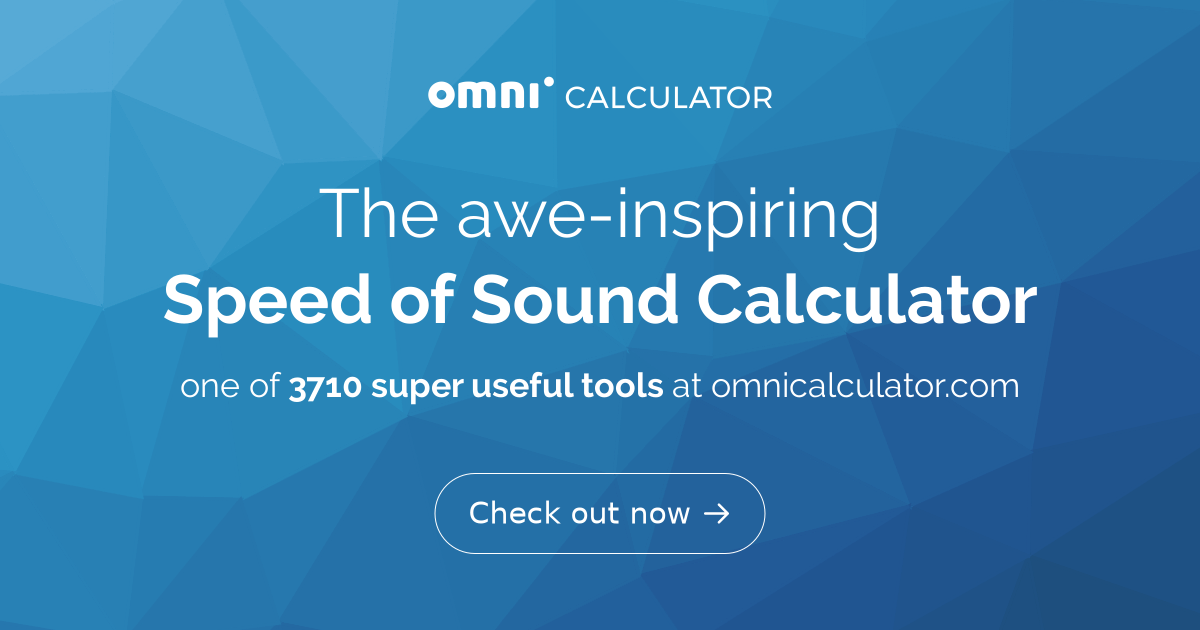Nordo
Member
Thread Starter
- Joined
- Oct 7, 2019
- Posts
- 137
More
- Preamp, Processor or Receiver
- Denon AVR X1500H
- Additional Amp
- Sub amp - Behringer EP2500
- Universal / Blu-ray / CD Player
- Panasoic BD35
- Front Speakers
- DIY
- Center Channel Speaker
- DIY
- Surround Speakers
- DIY
- Surround Back Speakers
- DIY
- Front Height Speakers
- -
- Rear Height Speakers
- -
- Subwoofers
- Four 15" infinite baffle drivers
- Other Speakers
- HTPC (windows 10 with Kodi)
- Screen
- Matt white "blockout" curtain liner
- Video Display Device
- Epson EMP-TW2000 projector
I have used Kimmo's REW guide for all my driver testing measurements, but as he (understandably) has an aversion to USB mics, his guide only includes instructions for loopback reference, which makes it hard for me to realise what settings/instructions are relevant when using acoustic timing reference.That guide is fine for complete speakers, however for individual drivers for design purpose, timing reference needs to be included to combine the measurements of multiple drivers. There’s a perfectly good guide written by the VituixCAD developer here, Nordo just needs to figure out the difference between acoustic timing reference and loopback reference so he can follow the guide using his USB mic.















